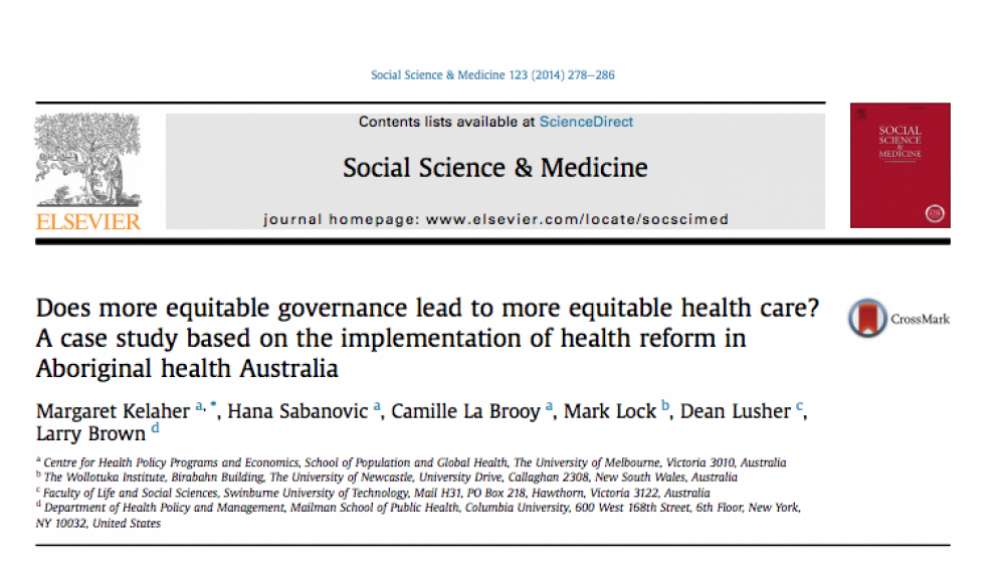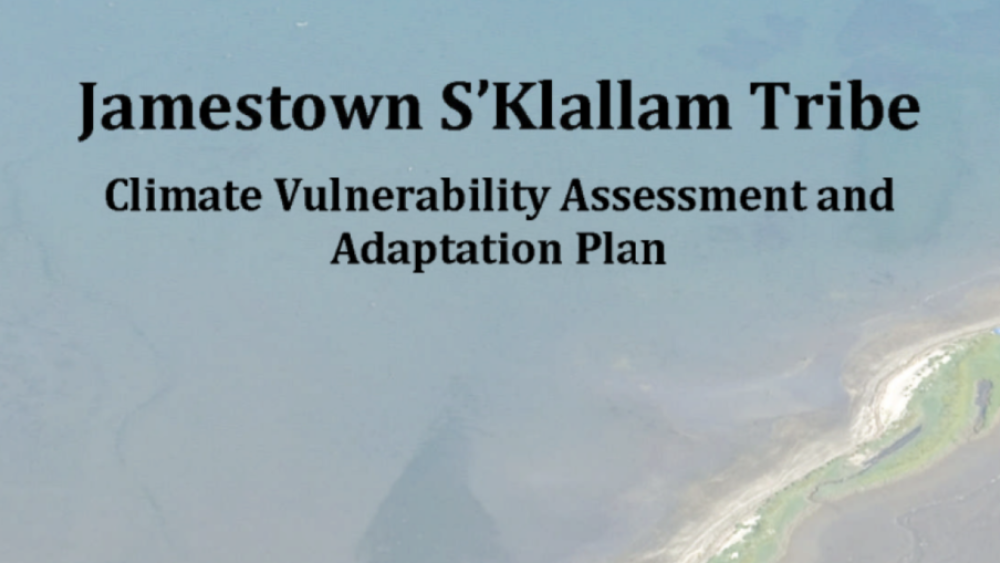One of the most time consuming and difficult aspects of conducting climate change and health vulnerability assessments is finding data to assess.
Before tracking down data, you’ll first need to identify the most meaningful and measurable indicators to help you determine the severity and likelihood of potential climate exposures and impacts. Indicators include:
- Exposure indicators (e.g. Annual Heat Waves)
- Impact indicators (e.g. Hospitalizations for Heat-related Illness)
- Population sensitivity indicators (e.g. Uninsured Residents)
- Adaptive Capacity Indicators (e.g. Households with Air-Conditioning)
Once you know what indicators will be most useful, you’ll need to track down the most credible sources of data for those indicators. You’ll be looking for data that is as location- specific as possible and allows you to evaluate historical, baseline (current), and projected (future) trends. Ideally this data will come in a tool that aggregates and filters the data in useful ways and displays the data visually and spatially in charts and maps. While some data may have to provided internally by the tribe (e.g. Well water levels or Households displaced), below are some of the best aggregated data sources we have come across that allow you to look at local level data.
Additional Information
Hacker, Angie. "Data Sources to Assess Tribal Climate and Health Impacts." Tribal Climate Health Project. April 11, 2019. Retrieved from: http://tribalclimatehealth.org/data-sources-for-tribal-climate-and-health-impacts/, accessed on April 3, 2023)



